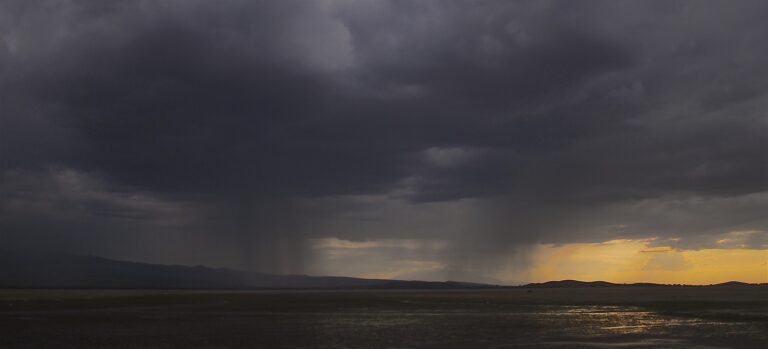The Climate Risk and Early Warning System (CREWS) initiative has received an additional US$28m in funding to deliver early warning systems in least-developed countries (LDCs) and small island developing states (SIDs).
CREWS aims to significantly increase the capacity of LDCs and SIDs to generate and communicate effective impact-based, multi-hazard, gender-informed, early warnings and risk information to protect lives, livelihoods and assets. It is implemented by the UN Office for Disaster Risk Reduction (UNDRR), the WMO and the World Bank, through the Global Facility for Disaster Reduction and Recovery (GFDRR).
The funding came from contributions to the CREWS Trust Fund by member countries and a recent announcement by the European Commission, Directorate-General for International Partnerships of a €10m (US$12m) commitment to CREWS.
As of year-end 2020, CREWS projects covered 57 countries globally and the CREWS Trust fund has directly allocated more than US$51.5m in project funding for country, regional and global projects.
The funding was announced at the 13th steering committee meeting of CREWS on June 17. The meeting also saw a proposal to establish a new financing window to address critical, time-bound, climate-relevant early warning services. The proposed CREWS Strategic Support Window will address emerging needs and deliver a flexible array of fully funded technical and knowledge services by experts and advanced national meteorological and hydrological agencies. According to the WMO, this proposed new service will be available to countries by the end of the year.
The above decisions support the rollout of the CREWS Operational Plan 2021-2025, which provides the template for scaling up support to LDC and SIDS for early warnings that are impact-based and people-centered. The operational plan set a blueprint for stronger participation from the private sector in country operations. The CREWS Operational Plan was formally approved during the meeting.



